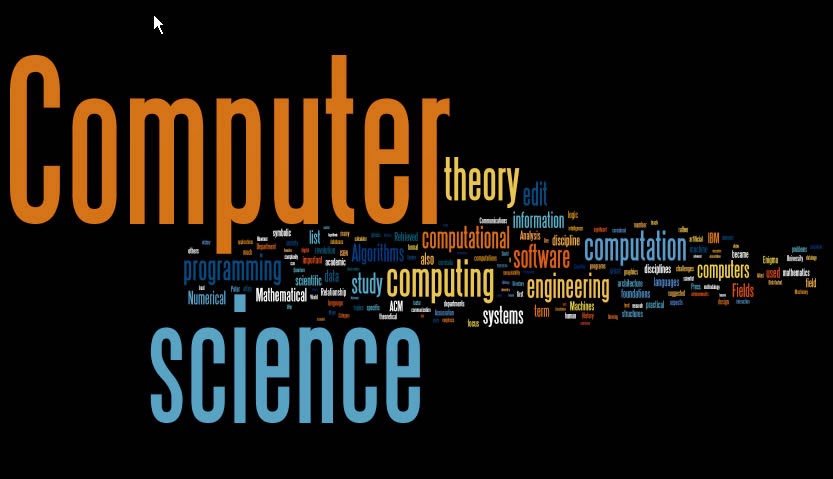As a whole, I can say that we all learned to be patient and hardworking to do our outputs in this subject. For instance, in making HTML, we need to have our focus on every little detail because one wrong move can lead to another mistake. We also learned to be careful at all times. For example, we need to think before we type or click as part of the netiquettes. Most of all, we learned to do our best and exert enough effort in everything we do because you will never know what you can be if you will never know what you can do (Alvarez,2014)
:)
This is Andreya Marie Rubio Alvarez, signing off.
Until next time!!!





